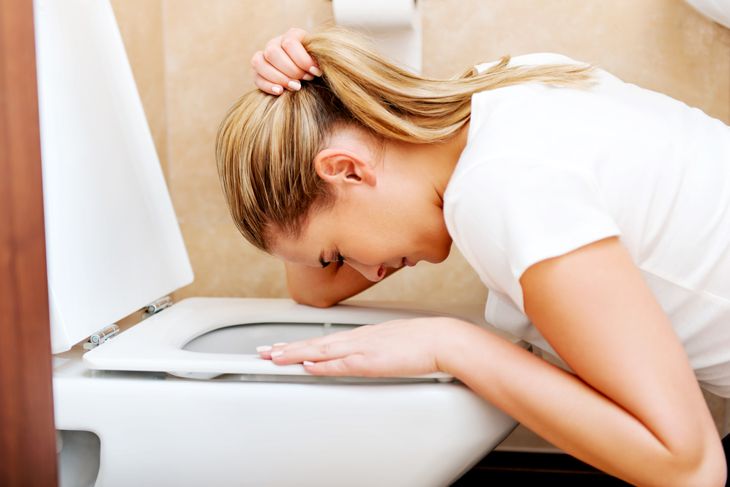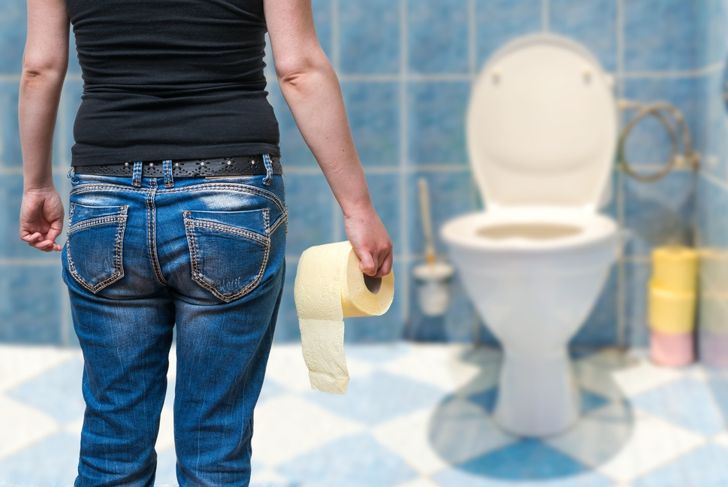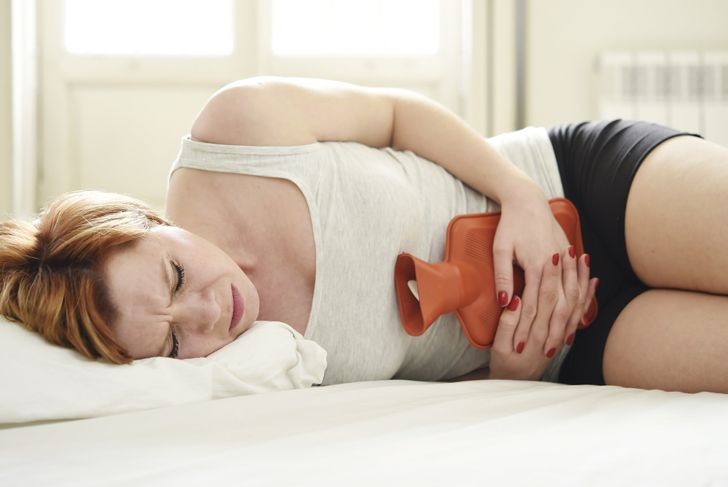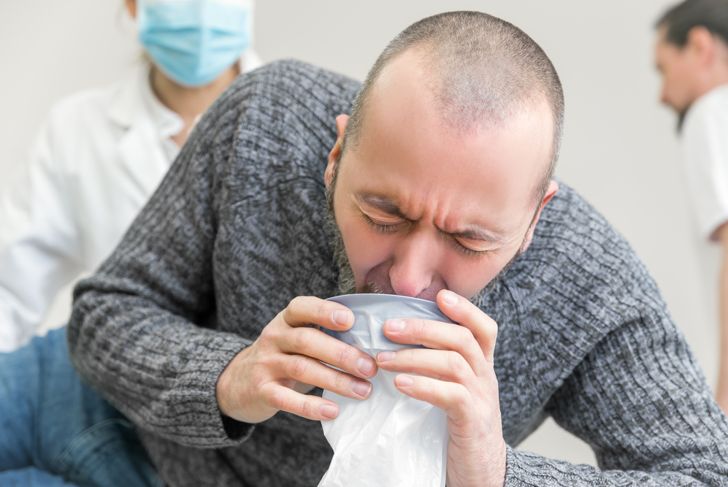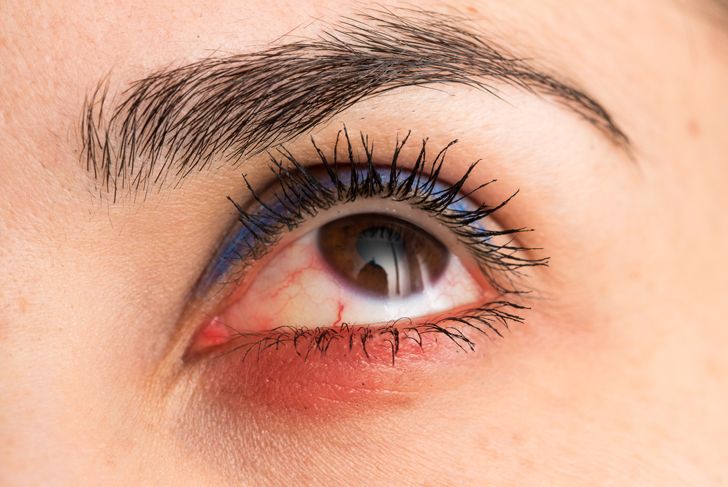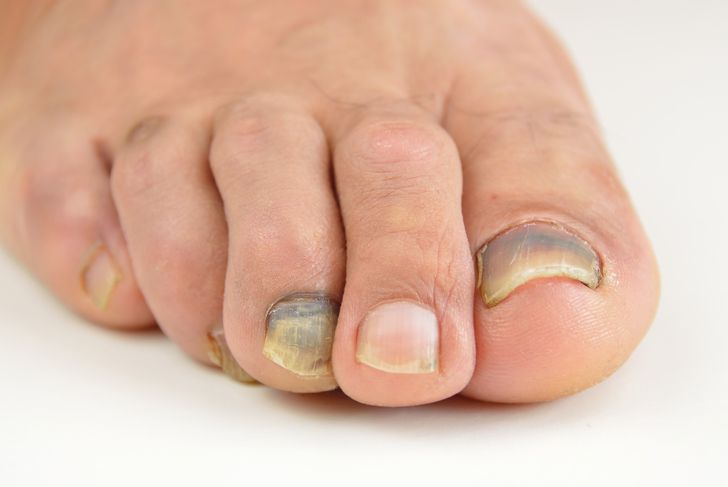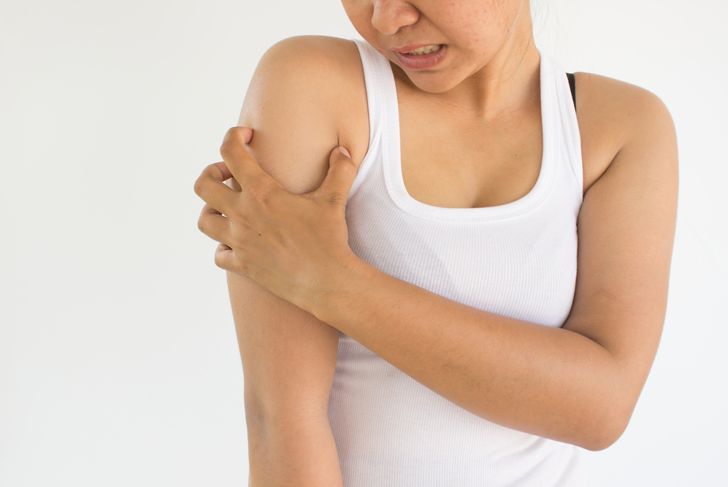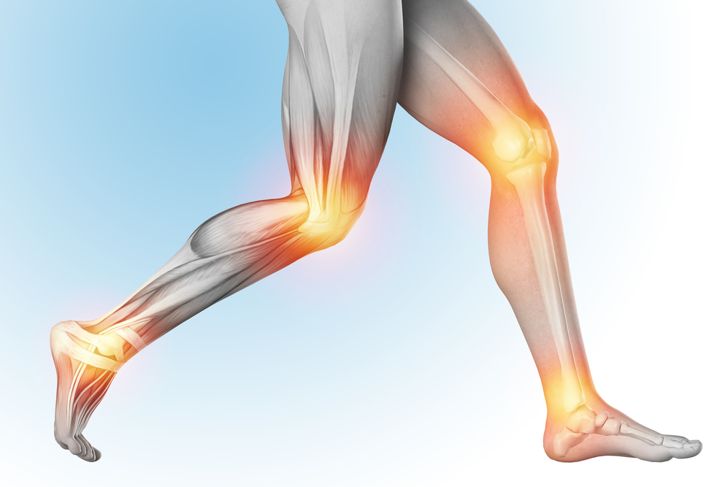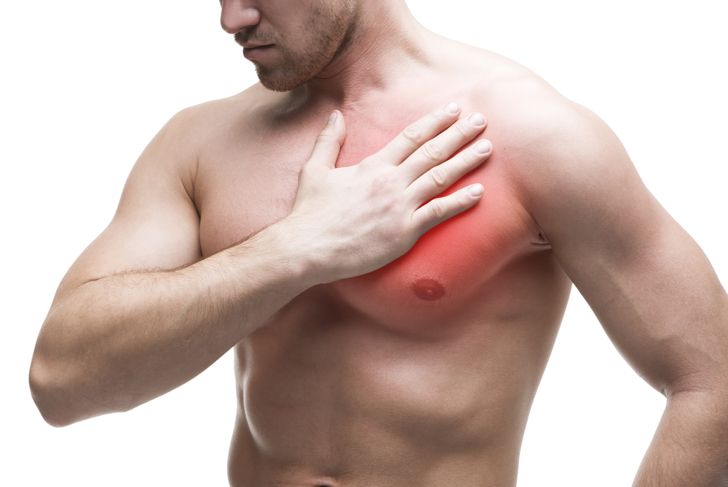Trichinosis or trichinellosis is a medical term that is used to describe the infectious invasion of the trichinella worm. The larvae of this parasite are contained in the cystic flesh of the recently deceased animals. Once these cysts are consumed, stomach acids break their hard shells, allowing the unformed wormlets to wiggle around the body. The younglings settle in the small intestine, where they take their time to mature (1-2 days). Once they’re fully grown, they undergo the mating process. The females then lay their eggs, and when they hatch into tiny worms, they all spread throughout the arteries and into muscle tissue, before ultimately encysting within them. Trichinosis was never a widespread health concern. The number of afflicted individuals per year always stuck in between 10 and 20 in the United States, and this number hasn’t seen much of a rise ever since the disease was discovered. Trichinella will never be a problem for the modern man because it can only occur under the influence of grave inattention. One needs to eat the undercooked or entirely unprepared flesh of a dead animal to get this disease, meaning more than 80% of Trichinella’s potential victims are those that hunt their food. If faced with this condition, they will experience a few or more of the following ten symptoms.
) Nausea
The first sign that something is wrong inside the stomach is the all-too-familiar feeling of nausea. In this case, it is produced by the abnormal movement inside the stomach and the small intestine. To combat the invaders and remove them from the system, the body will attempt to stimulate the urge to vomit. Although nausea can be attributed to a number of other diseases, few conditions other than trichinosis will make it invulnerable to most common treatments.
) Diarrhea
Due to the invasive presence of the growing worms, the small intestine fails to do most of its functions, one of which is to aid in the solidifying process. Digestion fails to continue in the small intestine, and it simply passes on into the large one, which consequently doesn’t do much. This results in repeated trips to the bathroom every time something is consumed. However, this symptom can only last for three days at most, because the worms eventually abandon the small intestine to spread throughout the body and encyst in the muscle tissue.
) Cramps
Infrequent painful contractions of the small intestine that resemble those of period pain are also a by-product of the trichinosis worm infestation. This symptom may or may not occur, as it always depends on the severity of the illness. Sometimes there aren’t that many worms in the system, but sometimes the unlucky sufferer happens to ingest large Trichinella cysts that result in a boom of their population. The more of them there are within the small intestine during the maturing process, the stronger the cramps will be. Again, this symptom can last for three days only, and it’s also a rarity, even for this disease.
) Vomiting
Like nausea, the gastrointestinal symptoms caused by the infestation can result in constant vomiting. This, however, is also a rare symptom and it mostly doesn’t appear within the afflicted. On the other hand, if it does appear, it makes the consumption of anything extremely unpleasant. The long-term negative effects of trichinosis-induced vomiting mostly revolve around weight and muscle loss, but the potential victims shouldn’t be too concerned. Vomiting can last for two days at most during the maturing worm gathering inside the small intestine. Even though they aren’t in the victim’s stomach, the body will try to force them out.
) Conjunctivitis
Trichinosis can cause Swelling, redness, and pain in and around the eyes. This occurs when the worms swarm the eye socket area and begin encysting in the tight space between the eye and the surrounding skin. The cause of conjunctivitis can often be pinpointed and attributed to trichinosis when certain eye drops and other types of therapy seem not to help at all. These products are mostly made for cleansing the surface of the eye of any infectious presences, but it does not help with the removal of encysted worms.
) Fingernail hemorrhages
Internal bleeding under the fingernails is easily recognizable by its dark tone on a normally pale surface. Although this isn’t a crippling symptom of trichinosis, it’s a good sign of its presence, especially when combined with conjunctivitis. There’s a period of two to eight weeks after the ingestion process, during which the disease is asymptomatic, meaning the sufferer won’t feel anything wrong. However, once the occasional fingernail hemorrhages and conjunctivitis start, it’s easy to determine the root of the problem. Other than trichinosis, almost no other condition known to man will cause fingernail hemorrhages, but even still, they’re a very rare symptom of the diseases they accompany.
) Fever
After the asymptomatic progression period of two to eight weeks, the body will begin feeling feverish and unstable. This is a normal response of the immune system, which is at that time helpless as to the removal of the Trichinella invaders. As the worms slowly begin populating the muscle tissue, the fever will increase in intensity. Although nothing especially worrisome can come out of this particular symptom, it does significantly contribute to the overall feeling of weakness and lethargy that accompanies trichinosis. Fever caused by trichinosis is susceptible to partial treatment, meaning it can be slowed down and reduced – but not completely halted until the disease is eradicated from the system.
) Muscle itching
As the grown worms begin to move their way throughout the arteries and muscles, they produce under-skin friction, which has a strange effect on the afflicted. The sufferer will scratch the area that itches, but they will feel no relief no matter how hard they scratch. The victim’s brain, however, will offer a superficial feeling of satisfaction due to the same area that itches being scratched. As the worms arrive at their destinations and begin encysting, this strange process will also send out itching sensations at first. Since scratching the skin doesn’t help that much, it would be wiser to attempt to scratch the muscles by flexing them.
) Muscle inflammation
Once Trichinella cysts are formed on the tissue of muscles throughout the body, the sufferer will experience mass muscle inflammation. Although the pain becomes increasingly harder to operate alongside with over time, actions such as plain walking will not be halted throughout the entire duration of the disease. This is mostly because trichinosis worms prefer the tight tissue of smaller, more compact muscles such as the lower jaw muscles, tongue, abdominal muscles. However, this doesn’t necessarily restrict trichinosis from invading any other muscle in the entire body, as rare cases have been known, where the disease even inhibited thigh muscles.
) Inflammation of the heart, lungs, and other vital organs
In extremely rare cases, trichinosis will be either ignored or simply acknowledged and untreated by the sufferers. Usually, this doesn’t pose a lethal threat to them but simply means that the disease will continue for another two to three weeks. However, it can occur that the inflammation caused by the cysts eventually wears the body down enough to make its vital organs start failing, due to the lack of energy. When the heart and lungs don’t get enough of everything they need, they may become inflamed. In the extremely rare cases of these occurrences, trichinosis can still be stopped and treated, but if left unattended, it will most certainly have a lethal outcome.

 Home
Home Health
Health Diet & Nutrition
Diet & Nutrition Living Well
Living Well More
More